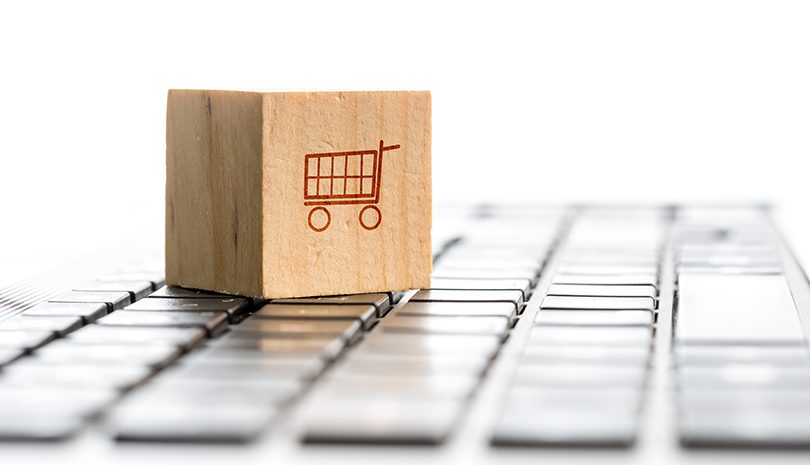Why delivery services need to evolve

To gain an edge in today’s e-commerce industry, you have to understand that technical advances in more convenient and personalised purchasing are irrelevant if the delivery method is stuck in the dark ages. These three tips will help you improve delivery service.
The phenomenal growth in e-commerce (14.4 per cent in 2015, according to eMarketer) is not new. Its implications on the consumer retail sector, however, have not been properly explored or exploited by businesses and entrepreneurs in Australia.
E-commerce has not only challenged the establishment of how we buy goods, but continues to disrupt the means of how we receive goods. Consumers are demanding convenient and superior services. It is imperative that the retail and parcel delivery sectors evolve to meet these demands.
Over the last 10 years, we have seen a change in consumer expectations. A 2016 report by Temando reveals that 75 per cent of consumers want guaranteed weekend or after-hours parcel collection. Clearly, there is a disconnect between someone who can place an order online at 0300, but can only receive the item between 0900 to 1700 during the week.
The good news is that the days of monopolised parcel and letter delivery services are over. Consumer habits are constantly changing, demanding new ways of delivering and facilitating e-commerce. This presents a huge opportunity for agile businesses to gain an edge in a market where established companies are slow to change. Building a strong partnership network or establishing a streamlined internal delivery service is more important than ever.
Follow these three tips to improve your delivery service:
1. Choose an ecosystem, not a service
If your business wants to start its own bespoke delivery service, or partner with an existing provider, keep in mind that what you need is a delivery ecosystem. Today’s e-retailers need to ensure they have access to omni-channel solutions that encompass a range of physical retail destinations for drop-offs and returns. This means not only having a traditional nine-to-five service, but also leveraging new and convenient locations, such as smart lockers, or existing retail locations, such as news agents, to ensure consumers can always access their purchases.
2. Know your audience
Do your research. By understanding your target audience, you can tailor and personalise your delivery solution to maximise consumer satisfaction. Our own consumer research demonstrates that businesses need to adapt to a changing consumer and economic landscape. Importantly, our own research reveals consumer preferences. Restrictive work place policies and challenges with sending and receiving parcels are driving change in the sector. The question each service provider must address is how to ensure consumers receive their products with the least number of obstacles.
3. Simplify how your consumers can engage with your products
Think outside the box. If you are a fashion e-retailer, why not develop bespoke changing rooms near parcel collection points so that consumers can return incorrect sizes as soon as possible? If you are a technology reseller, why not provide power points so consumers can test their product at the collection point? These are ways that businesses can continue to add value to consumers throughout the product and service delivery process.
David McLean is CEO and Founder of Hubbed.
This story first appeared on sister site, Inside Small Business.
Comment Manually
You must be logged in to post a comment.

Comments
Mark Lancaster
Some good comments and observations here David. If anyone would like a copy of the Temando 2016 global shipping report please let me know.